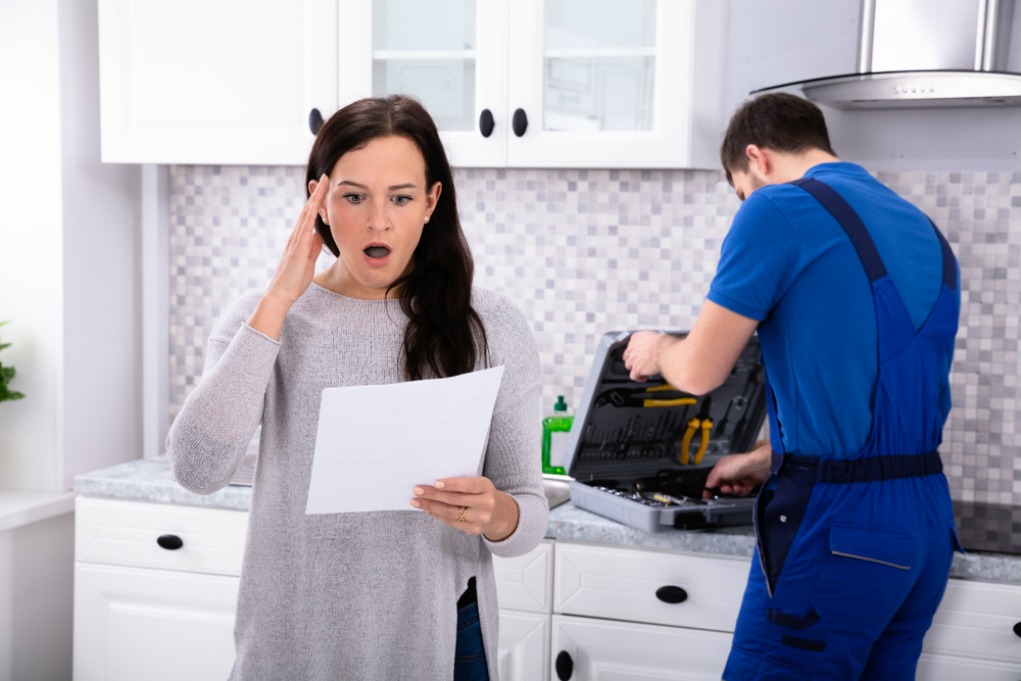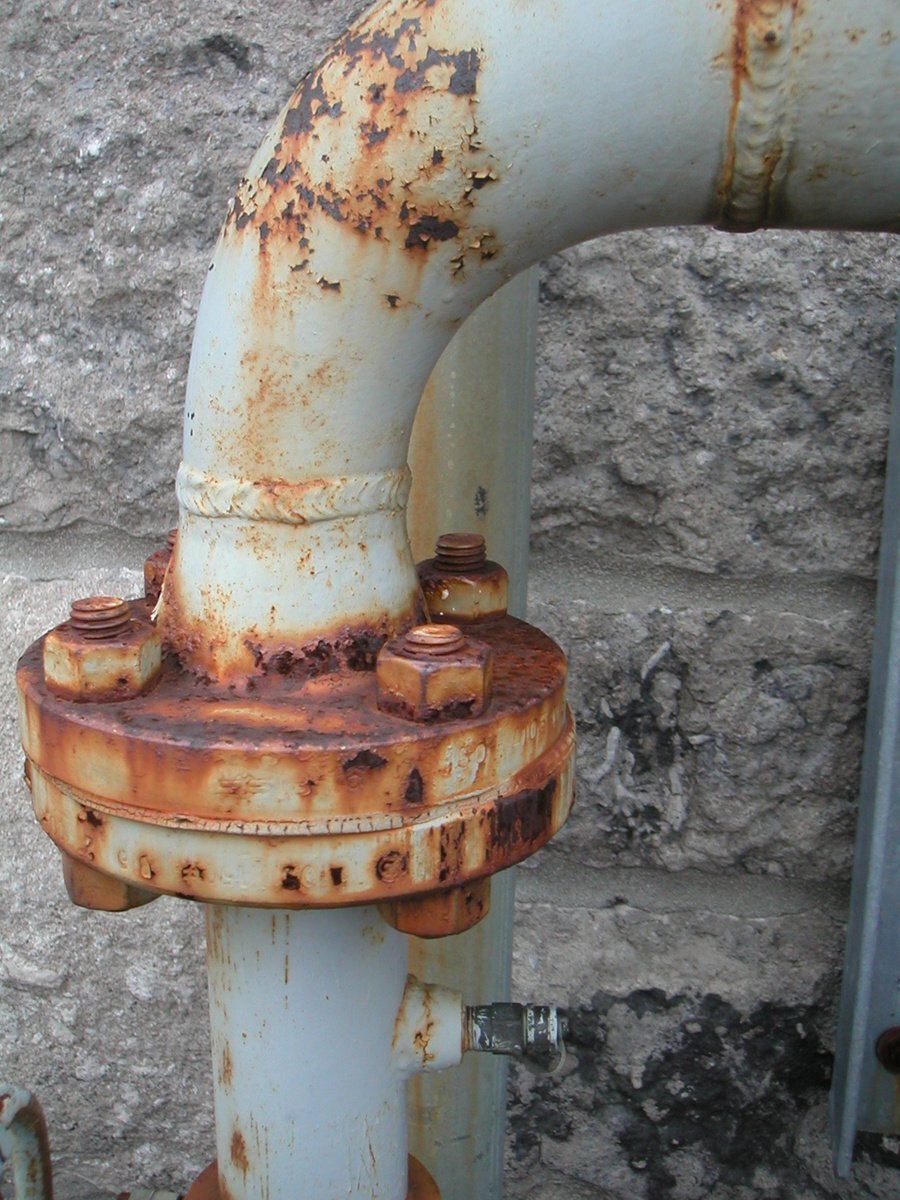Handling Plumbing Issues in Older Homes: Professional Tips
Handling Plumbing Issues in Older Homes: Professional Tips
Blog Article
In this article further down you will find additional exceptional help and advice relating to Plumbing Issues in Older Properties and How to Fix Them.

Older homes typically come with beauty, character, and background, however they can likewise bring a host of plumbing problems. Whether you're handling maturing pipes, low tide pressure, or leaks, recognizing just how to resolve these common issues is critical to preserving a risk-free and useful home. In this overview, we'll explore the normal pipes difficulties faced by older homes and supply practical options to keep your pipes in leading form.
Recognizing Common Pipes Issues
Aging Pipes
Among the most common problems in older homes is maturing pipes. Depending upon the period in which your home was developed, the pipelines might be made from products that have actually weakened with time, such as galvanized steel, cast iron, or even lead. These materials can wear away, end up being weak, or develop leaks, causing water damages and potential health hazards.
Low Tide Pressure
If you're experiencing low water stress, maybe due to mineral deposits, deterioration inside the pipes, or old fixtures that are no more operating efficiently. This can be a major trouble, specifically in locations like showers and sinks.
Dripping Pipes
Leaks are one more regular concern in older homes, often brought on by rusty or damaged pipes. Even little leakages can result in considerable water damages, mold and mildew development, and raised water costs otherwise attended to immediately.
Obsolete Components
Obsolete pipes components such as taps, toilets, and showerheads not only look old but may likewise be less effective, susceptible to leakages, or inappropriate with contemporary pipes requirements.
Pipe Rust
Rust is an usual trouble in older pipelines, specifically those made from galvanized steel or actors iron. Corroded pipes can restrict water flow, create staining, and at some point bring about leakages or pipeline bursts.
Analyzing the Condition of Your Pipes
Evaluating Visible Pipes
Beginning by evaluating any type of visible pipes in your house, such as those in cellars, crawl spaces, or under sinks. Try to find indications of rust, leakages, or rust, which can indicate underlying issues.
Looking for Leakages
Check for leaks by examining areas around taps, bathrooms, and under sinks. You can likewise monitor your water meter prior to and after a duration of no water utilize to discover covert leaks.
Water Top Quality Screening
Older pipes can affect the quality of your water. Conduct a water top quality test to check for impurities such as lead, corrosion, or other contaminations that might be introduced by aging pipelines.
Solutions for Typical Plumbing Problems
Replacing Aging Pipelines
If your home has old, degrading pipelines, think about changing them with contemporary materials like copper or PEX. This can be a substantial financial investment, however it will protect against future problems and improve the safety and security and reliability of your plumbing system.
Fixing Low Water Stress
To deal with low water stress, beginning by cleaning or changing old fixtures and getting rid of mineral accumulation in the pipelines. If the issue lingers, it may be needed to replace areas of rusty pipes.
Fixing and Replacing Leaking Pipes
For tiny leaks, you can make use of pipe clamps or epoxy putty as a short-lived fix. However, it's finest to change leaking pipelines entirely to prevent more damage.
Updating Components
Upgrading old components to modern, water-efficient designs can boost your home's plumbing performance and decrease water usage. Seek fixtures with the WaterSense tag for the very best performance.
Taking Care Of Pipeline Corrosion
If your pipelines are worn away, replacing them with corrosion-resistant products like copper, PVC, or PEX is the very best option. Normal evaluations and water quality upkeep can aid prevent further rust.
When to Call an Expert
While some pipes issues can be handled with DIY options, there are times when it's best to employ a specialist. If you're dealing with major leaks, substantial deterioration, or are uncertain regarding the problem of your pipelines, a qualified plumber can offer skilled analysis and repair.
Preventive Maintenance Tips
Regular Inspections
Frequently inspect your pipes system for indications of damage. Catching concerns early can avoid expensive repair work down the line.
Water Stress Policy
Guarantee your water pressure is within the recommended range to stay clear of stressing your pipelines and fixtures. A plumbing professional can install a pressure regulator if required.
Water Quality Upkeep
Install water filters or conditioners if your water top quality is poor. This can secure your pipes and components from damages caused by hard water or pollutants.
Proactive Pipeline Substitute
If your home has older pipes, consider proactive replacement before significant problems emerge. This can save you from emergency situation repairs and water damages.
Verdict
Dealing with pipes issues in older homes calls for a mix of watchfulness, precautionary maintenance, and prompt upgrades. By recognizing the typical challenges and recognizing when to seek specialist help, you can ensure your plumbing system remains functional and reputable for several years ahead.
Common Plumbing Issues in Older Homes
Pipe corrosion
Pipe corrosion is a common plumbing issue in older homes. Several factors can cause pipes to corrode:
Water: Ironically, water is the number one cause of pipe corrosion. When water seeps into cracks in pipes, it can cause the metal to rust and break down, leading to leaks or even burst pipes.
Oxygen: Oxygen is another significant culprit in pipe corrosion. When oxygen interacts with water, it can cause the metal to oxidize and weaken.
Chemicals: Chemicals such as chlorine and fluoride can also contribute to pipe corrosion. These chemicals can react with the metal in pipes, causing them to break down over time.
Leaky pipes
Pipes that leak is one of the most common plumbing issues plaguing residents of older houses. While a small leak may not be a problem initially, it can lead to significant problems if left unaddressed. In addition, water damage can be very costly to repair and may cause damage to electric fixtures, promote mold growth and cause many other issues.
Worn-out fixtures
Older homes often have worn-out fixtures which may need replacement. Over time, the finishes on fixtures can wear down, exposing the underlying metal to corrosion. This can cause fixtures to leak or even break completely. It s best to have a professional plumbing contractor regularly inspect the fixtures in older homes and replaces them if necessary.
Faulty water heaters
A leaky water heater can cause severe damage to the home as it can be both a flood and fire hazard. Call a plumber immediately if it appears that the water heater might be leaking.
If the heater isn t working correctly, it could be because the pilot has gone out. The pilot light going out may indicate gas supply issues or leaks. It is also worth checking the thermostat to see if it needs to be adjusted.
If the water heater is making strange noises, it could be due to sediment buildup in the tank. Sediment can interfere with the heating elements and cause them to overheat. Overheating can damage the tank and shorten the lifespan of the water heater.
https://www.norfleetfamilyplumbing.com/blog/common-plumbing-issues-in-older-homes

Do you really like reading up on Plumbing Problems In Old Homes? Leave feedback directly below. We will be happy to see your ideas about this review. We hope that you visit us again in the near future. Are you aware of somebody else who is fascinated about the subject? Feel free to share it. Many thanks for going through it.
Call Today Report this page